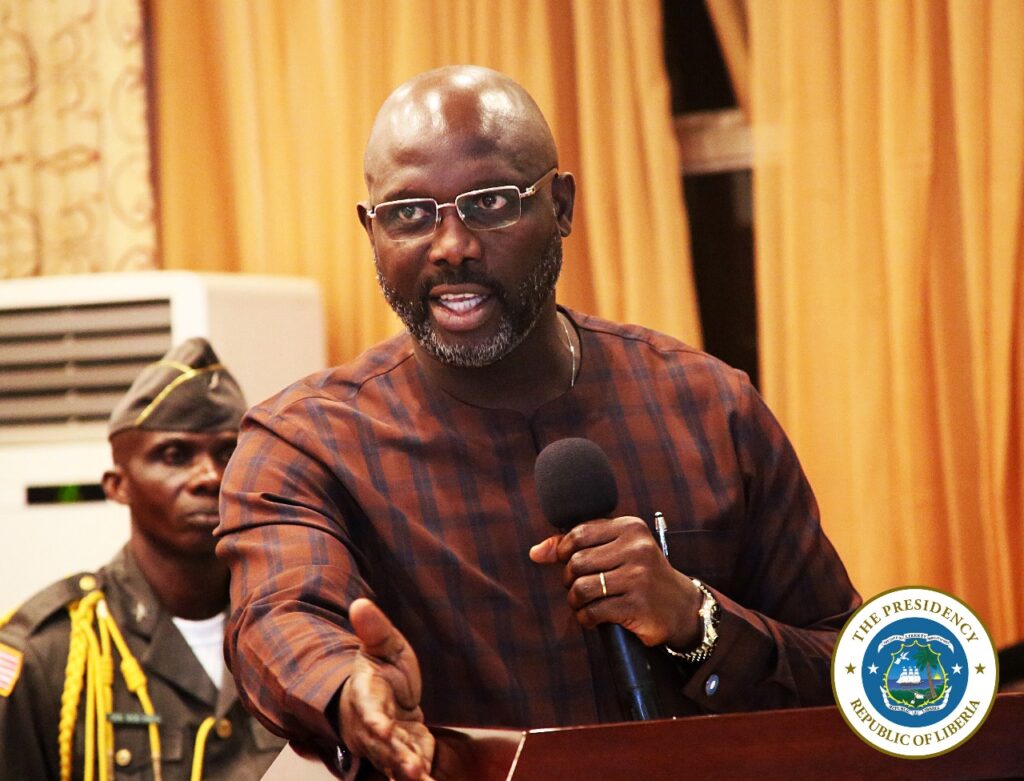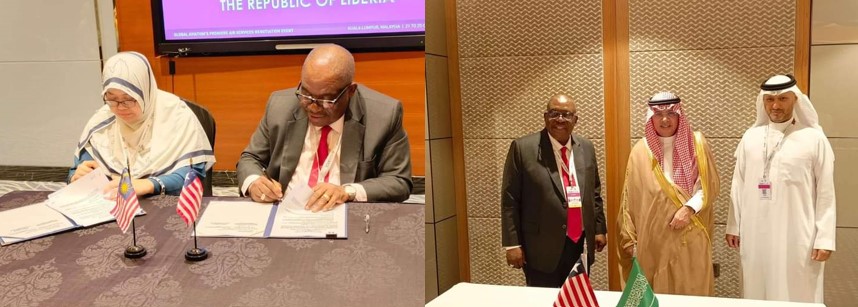IPNEWS-Bong County: Recently Liberia held its first post conflict Agricultural Fair at the Central Agricultural Institute in Bong County showcasing the country’s potential to produce enough food.
Currently on the Global Hunger score, Liberia rank 34.9. on a score range of 0 to 50, “indicating the country’s hunger levels are serious and are on the brink of becoming alarming”. The Index ranks 112 out of 117 countries on the 2019 Global Hunger Index and it consists of a range of scores, 0 to 50.
Experts have warned that for attaining food self-sufficiency in Liberia, requires Liberia increases in its official spending on agriculture to at least ten (10) percent of the national budget, in keeping with the 2003 Maputo Declaration which also commits member states to revitalize the agricultural sector through special policies and strategies targeted at small scale and traditional farmers in rural areas. However, recent audits of government’s expenditures, official spending on agriculture from 2005 to 2017 amounted to not more than two (2) percent of the annual budget, questioning the government’s commitment to obtaining food self-sufficiency.
President George Weah at the Agriculture fair declared Agriculture as the second flagship of his ‘Pro Poor Agenda for Prosperity and Development’, and urged his officials to establish farms as part of the drive to achieve national food .
President Weah pronouncements about agriculture being the second flagship of his Pro Poor Agenda, will translate into adequate budgetary allocation to Agriculture with a mouthwatering sixteen million annual through the national budget.
The Liberian leader lauded Local farmers for their efforts despite the virtual lack of official support to the agricultural sector, and pledged to providing seeds, fertilizers and other inputs, that would accelerate small farmers successful achievements of food self-sufficiency.
1. Human Development Index:
Liberia ranks 176th out of 189 countries on the Human Development Index. The country is one of 14 African countries ranking within the lowest 15 on the index. This is largely because the country’s life expectancy at birth is quite low, being less than 64 years.
2. Global Hunger Index:
The country ranks 112th out of 117 countries on the 2019 Global Hunger Index (GHI). The index consists of a range of scores, 0.0-50.0, where Liberia holds a score of 34.9. The score indicates the country’s hunger levels are ‘serious’ and on the brink of becoming ‘alarming.’
According to the previous index scores, however, Liberia has consistently improved their conditions and lowered their GHI score by 13.7 points throughout a course of 19 years, from 48.6 in 2000 to 34.9 in 2019.
3. Malnourishment:
Approximately 45% of Liberia’s population is chronically or acutely malnourished. According to several experts and NGOs, the country’s destitute circumstances are due in part to the Ministry of Health undermining the severity of the situation. Additionally, in the country’s impoverished capital, Monrovia, 45% of deaths of children under the age of five are due to a lack of food and being underweight.
4. Sustainable Development Goals:
Liberia ranks 154th out of 157 countries on track to meet the Sustainable Development Goals. The country’s economic and social development has been stunted for a long period of time.
The 14-year civil war, which formally ended in 2003, contributed to the country’s leading issues today: widespread economic instability and insecurity, destroyed infrastructure, poverty and poor living conditions.
According to Famine Early Warning Systems Network, 32% of the country’s population is classified as having moderate or severe chronic food insecurity. This affects more than 1.55 million people.
5. Economic Collapse:
The country’s continued engagement in several internal and external conflicts led to a 90% drop in the GDP between 1987 and 1995. Liberia’s plummeting economic situation is amongst the biggest economic collapses ever recorded.
The weak economy has continually increased the prices of products and decreased income, making it hard for families to sustain their basic needs. The rising cost of food has resulted in increased chronic food insecurity throughout Liberia.
On average, 1 in 5 households in the country is food insecure. Moreover, 2 in 5 households are marginally food insecure. While the country has been successful in decreasing their chronic malnutrition rates from ‘critical’ to ‘serious’ levels according to the WHO classifications, food insecurity continues to remain an important issue.
6. Child Hunger and Mortality:
One in 11 Liberian children dies before the age of five. In 2007, an average Liberian woman had more than five children.
This number decreased to just under five in 2013. While poor water sanitation and an alarming rate of food insecurity consistently claim the lives of approximately 10% of children under five, 60% of girls that survive tend to begin childbearing at the age of 19.
These malnourished adolescent girls tend to give birth to malnourished babies with low birth weights. And as a result, the babies have an increased risk of illnesses and premature death.
Truth be told, President Weah, by his very late arrival at the Agricultural Fair, missed an opportunity.






